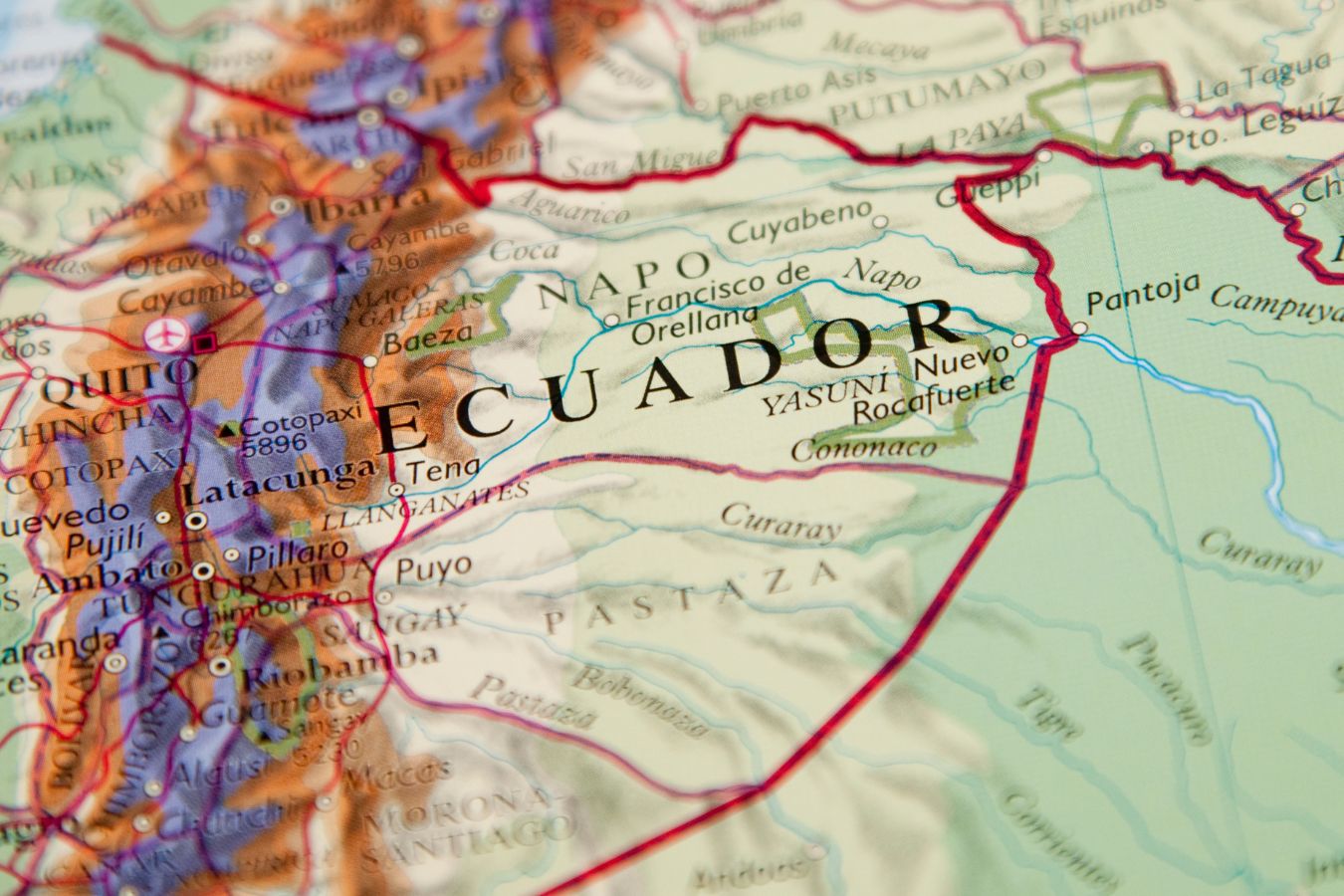
Coffee Origins: Ecuador – Coffee arrived in Ecuador quite late, about 1860, in the province of Manab. Coffee manufacturing spread across the country, and exports to Europe began around 1905 from the port of Manta. Ecuador is one of the few countries worldwide that grows Arabica and Robusta coffee.
After disease decimated the cocoa crop in the 1920s, many farmers shifted their focus to coffee. Exports began to increase in 1935, and by 1985, 220,000 bags had grown to over 1.8 million.
Production fell due to the international coffee crisis in the 1990s, but by 2011, it had recovered to roughly one million bags per year. Coffee was Ecuador’s principal export crop until the 1970s, when oil, shrimp, and bananas supplanted it.
Ecuadorians consume more soluble coffee than they do fresh; interestingly, the cost of coffee production in Ecuador is high enough that soluble coffee manufacturers import coffee from Vietnam instead of buying it in Ecuador.
Ecuador has a bad reputation for producing high-quality coffee. This is partly because Robusta accounts for 40% of production, yet most of Ecuador’s exported coffee is still low-quality.
Much of the crop is dried on the tree before plucking or on patios to keep production costs down, and this natural process is known locally as café en bola.
This coffee generally ends up in soluble coffee, and around 83 percent of the country’s export has been naturally processed. Colombia is one of the leading importers because manufacturers of soluble coffee there will pay a better price than local ones.
This is because Colombian coffee
is expensive due to the strength of the national brand in foreign markets.
Even though coffee has been grown in Ecuador for a long time, some believe it is only now worth considering as a hidden gem with great potential.
Ecuador has the topography and climate to produce exceptional coffee. It will be interesting to watch if investment from the specialty coffee business results in some fantastic new Ecuadorian coffees in the future.
Traceability
It is rare to find coffee traceable down to a single estate. It is more common to see a lot from a group of producers, or sometimes exporters can put a lot together. Lots like this can come from many farmers, but it may still be excellent.
Taste profile
Coffees from Ecuador are beginning to live up to their potential for quality, with sweeter and more complex coffees becoming available. They are made more interesting by a pleasant acidity.
Growing regions
Population: 16,144,000
Number of 60kg (132lb) bags in 2016: 600,000
Ecuadorean coffees are coming to increasing prominence within the specialty coffee industry. While lower-lying regions are less likely to produce excellent coffee, the thehigher-altitudee areas hold great potential.
Manabi
Nearly fiftypercentt of the Arabica in Ecuador is produced here. But with almost all of the coffee in this region growing below 700m (2,300ft), this area does not have the necessary altitude to produce excellent coffee.
Altitude: 500–700m (1,600–2,300ft)
Harvest: April–October
Varieties: T pica, Caturra, Robusta
Store
Around a quarter of the country’s Arabica comes from this hilly region in the south, which has the highest potential for quality from a geographical standpoint.
The specialty coffee industry is concentrating its efforts here. However, the area is vulnerable to inclement weather, which might increase damage from the coffee berry borer, as happened in 2010.
Altitude: up to 2,100m (6,900ft)
Harvest: June–September
Varieties: Caturra, Bourbon, Typica
Gold
This coastal region in Ecuador’s southwest includes a section of the Andes mountain range, generating less than ten percent of the country’s annual coffee production. The town of Zaruma (not to be confused with the region of Zamora) is the center of the coffee industry.
Altitude: 1,200m (3,900ft)
Harvest: May-August
Varieties: Typica, Caturra, Bourbon
Zamora Chinchipe
This province is just east of Loja and has sufficient altitude to produce great coffee, although only four percent of the country’s Arabica is made here. Organic production is relatively common in this area.
Altitude: up to 1,900m (6,200ft)
Harvest: May-August
Varieties: Typica, Caturra, Bourbon
Galapagos
The Galapagos Islands produce a limited amount of coffee, and proponents argue that the environment there replicates that of a much higher altitude, enabling higher-quality coffee to be cultivated. Coffees like this can be pretty pricey, and the qualityofn the cup rarely matches the price.
Altitude: 350m (1,100ft)
Harvest: June–September, and December–February
Varieties: Bourbon